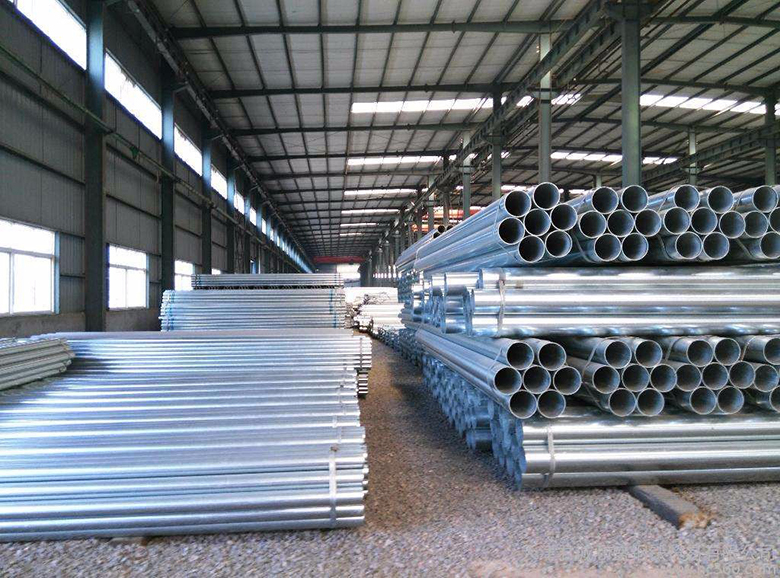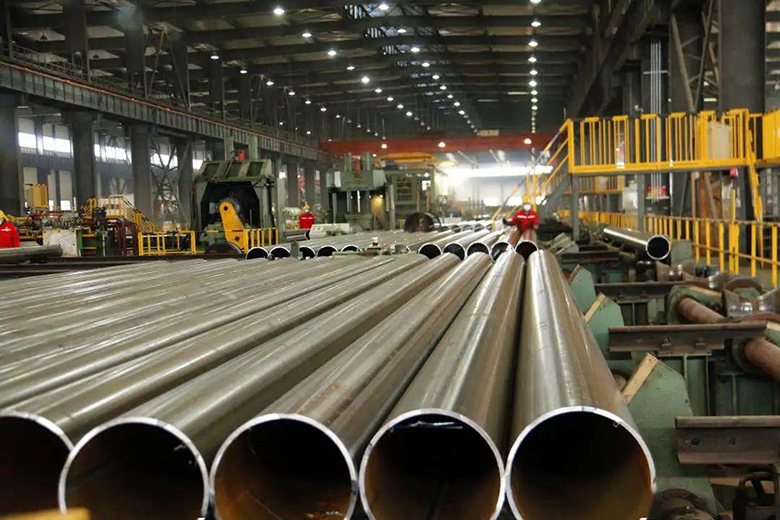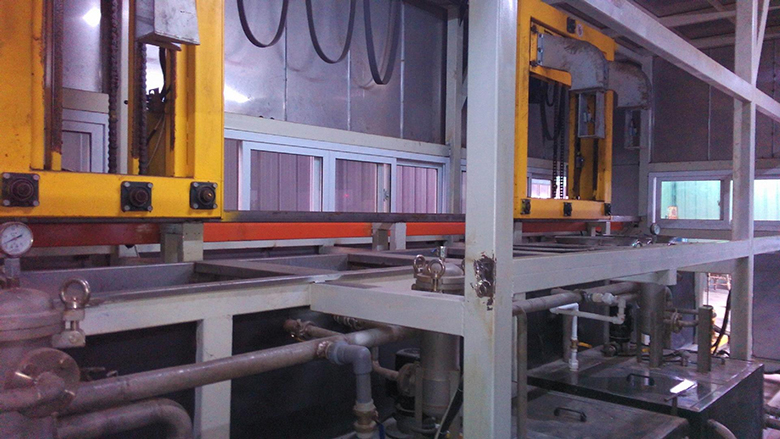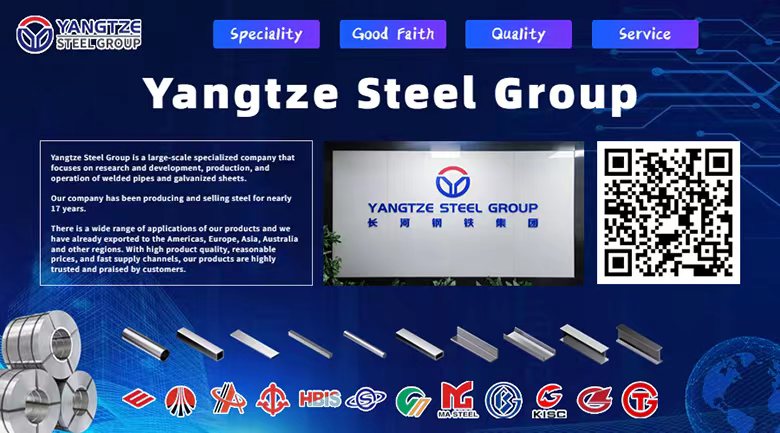The reason why hot-dip galvanized steel pipes are mostly used in firefighting
Nowadays, hot-dip galvanized steel pipe is a common type of fire pipe and plays an irreplaceable role in the fire safety industry. Why are hot-dip galvanized pipes not replaced by cheaper welded pipes or cold-dip galvanized pipes?

The basic principles of galvanizing to protect steel depend on:
By forming a coating of zinc on the surface of the steel, it blocks air and moisture from corroding the steel pipe and enhances its anti-corrosion capability. Welded pipes are prone to welding defects during the welding process, such as uneven welds, pores, etc., resulting in reduced pipe strength and relatively poor anti-corrosion performance. Due to the protective effect of the zinc layer, galvanized pipes can maintain the stability of their structure and performance for a long time and extend their service life.

So what are the differences between hot-dip galvanized steel pipes and cold-dip galvanized steel pipes?
First of all, hot-dip galvanizing is to immerse the steel pipe in molten zinc liquid and make the zinc adhere to the surface of the steel pipe through physical action; while cold-dip galvanizing is to electroplat zinc onto the surface of the steel pipe through electrolysis.

Secondly, the coating density of hot-dip galvanized steel pipes is higher, and the adhesion between the zinc layer and the steel pipe is stronger, so the corrosion resistance and protective capabilities are superior to those of cold-dip galvanized pipes. Therefore, people will choose hot-dip galvanized steel pipes that are relatively safer and more durable.

Editor: Lucas
Mail: lucas@yangtzesteel.com








